Faucet plating process.
Ultrasonic oil removal, cathode electric oil release.
Electric degreasing, activation, coarsening, recycling, migration, neutralization, surface conditioning, prepreg, sensitization, acceleration, cationic electrolysis, cationic electrolysis, washing, neutralization, acid copper, activation, cleaning, nickel plating, recycling, cleaning, chrome plating. Copper plating provides a finer structure to the plating layer, and small defects, pinholes, and pores on the faucet surface can be covered to achieve satisfactory results. Nickel plating improves the corrosion resistance of the faucet’s surface and provides a high level of finish. Chrome plating prevents corrosion and maintains a bright finish, improves surface hardness, and improves wear resistance. The quality of the plating surface treatment can be judged by a 24-hour acetic acid spray test (the test equipment is a salt spray tester), or the thickness of each metal coating can be identified by a plating thickness gauge. Generally, the thickness of the plating layer is acceptable and the salt spray test can be passed.
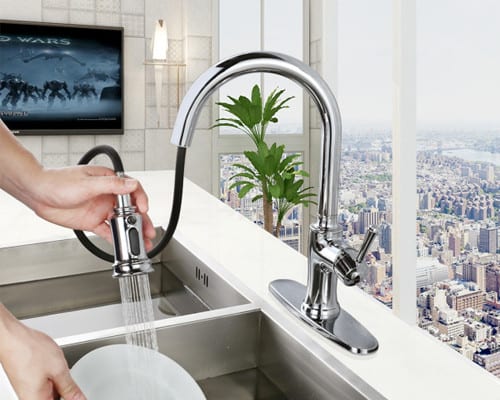
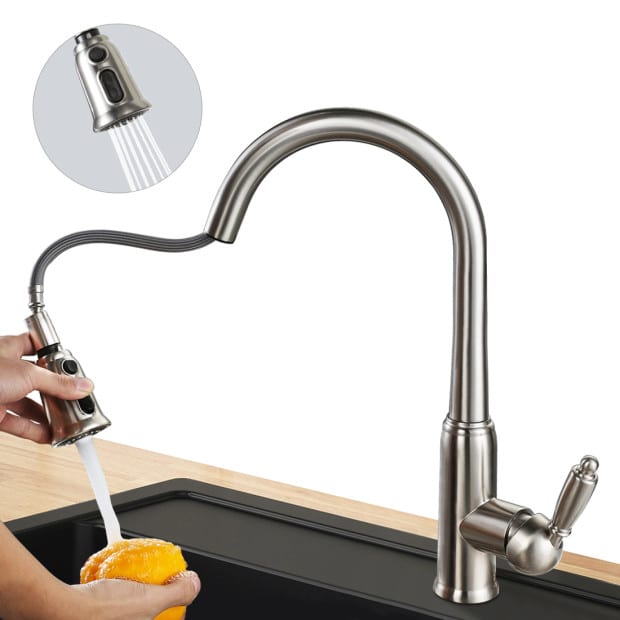
Faucet assembly process. First equipped with a variety of assembly tools and components to begin the connection, including removable connections such as spools, mesh nozzles, etc., and non-removable connections such as fittings and inlet feet. Install the spool (porcelain core) by tightening the gland pin with a torque wrench, or locking the porcelain core with a socket torque wrench. Install the inlet foot or water level and hex nut with a 10mm hex wrench (pre-installed sealing “O” rings on the inlet and water level). Fit the tub faucet with a diverter switch.
The next step is to test the water. First, clamp the faucet to the test bench depending on the state of use. Open the inlet and outlet valves on the left and right sides respectively, open the valve core, pre-wash the inner cavity of the faucet, then close the valve plug and install the mesh nozzle and mesh nozzle. And use a wrench and other tools to gently tighten, do not seep, not too hard to lock the lock, so as not to damage the parts. Next, conduct a pressure test to check the sealing surface without leakage for qualified products. Inspection of qualified products transferred to the assembly line, the top gland, handle, hot and cold signs, and finally attached to an accessory wipe package and packaging.
Faucet of the factory inspection. After the faucet products are put into storage, the finished product inspector conducts a random inspection. Inspection projects include: casting surface, threaded surface, appearance quality, assembly, marking, spool sealing test, sealing performance test of faucets and other projects. The sampling plan and determination principle are strictly implemented.
After understanding such a comprehensive faucet production process, do you think the high price of faucets on the market is worth the price? The faucet is a common and essential household item and we must choose the right product.
 WOWOW Faucets
WOWOW Faucets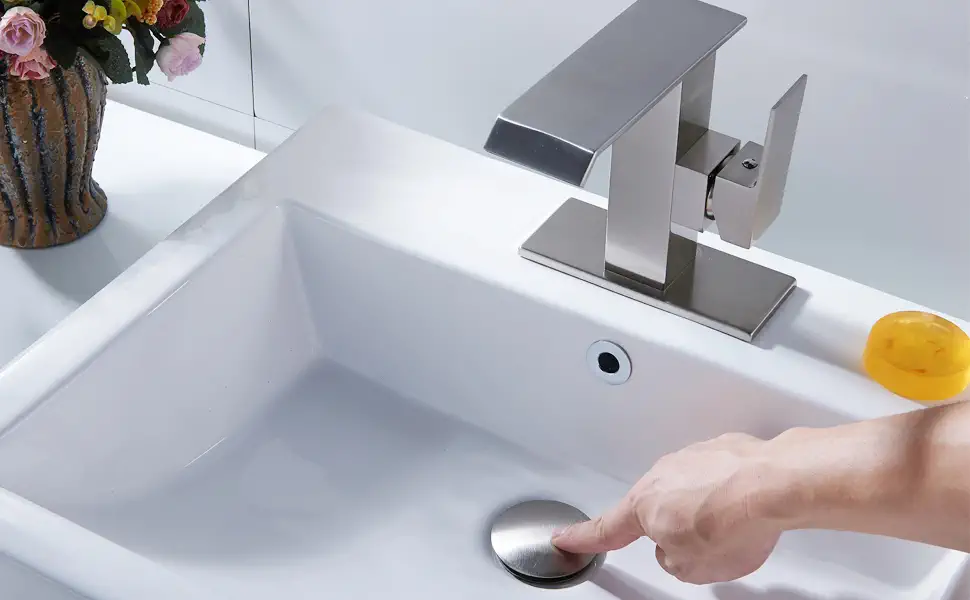
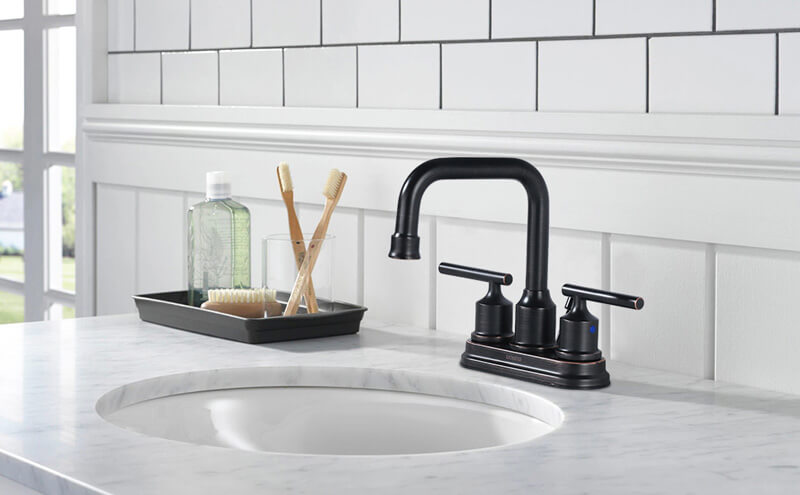

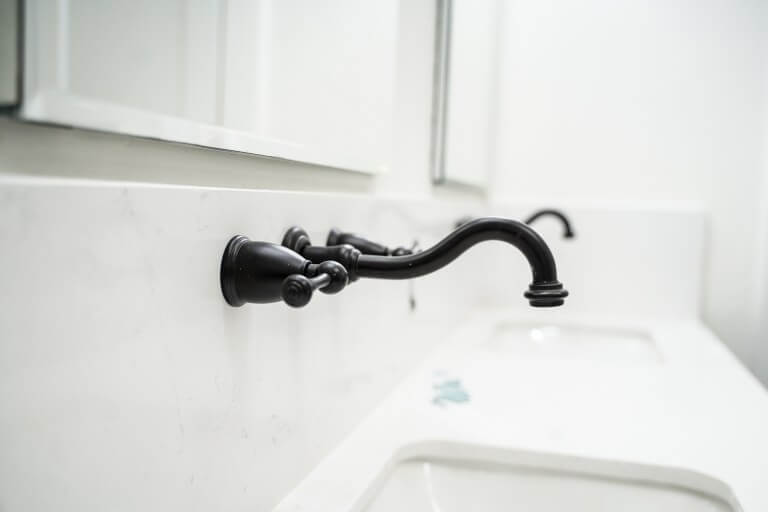
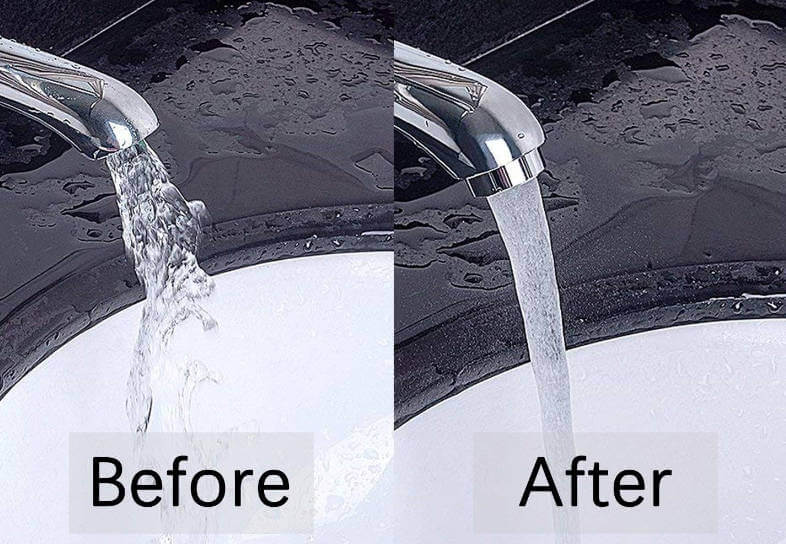

您好!Please sign in